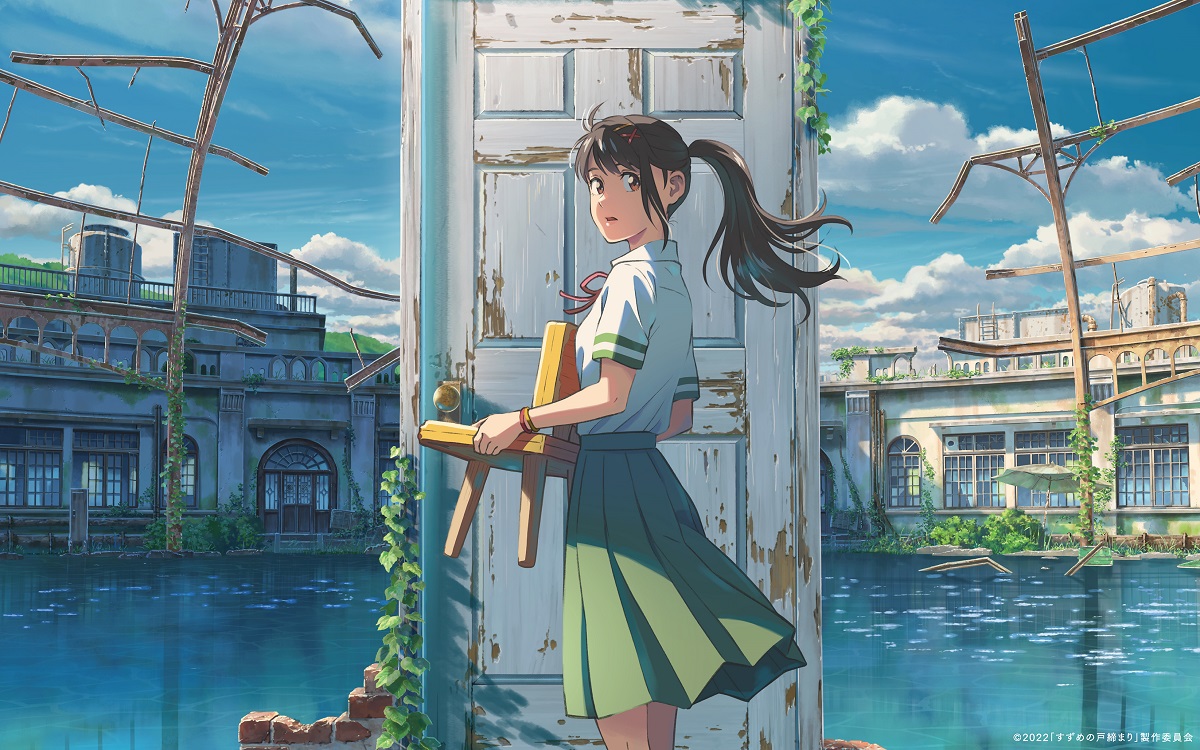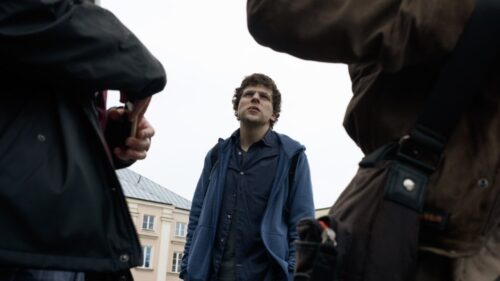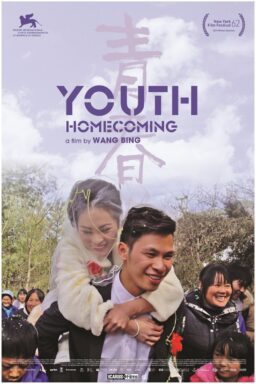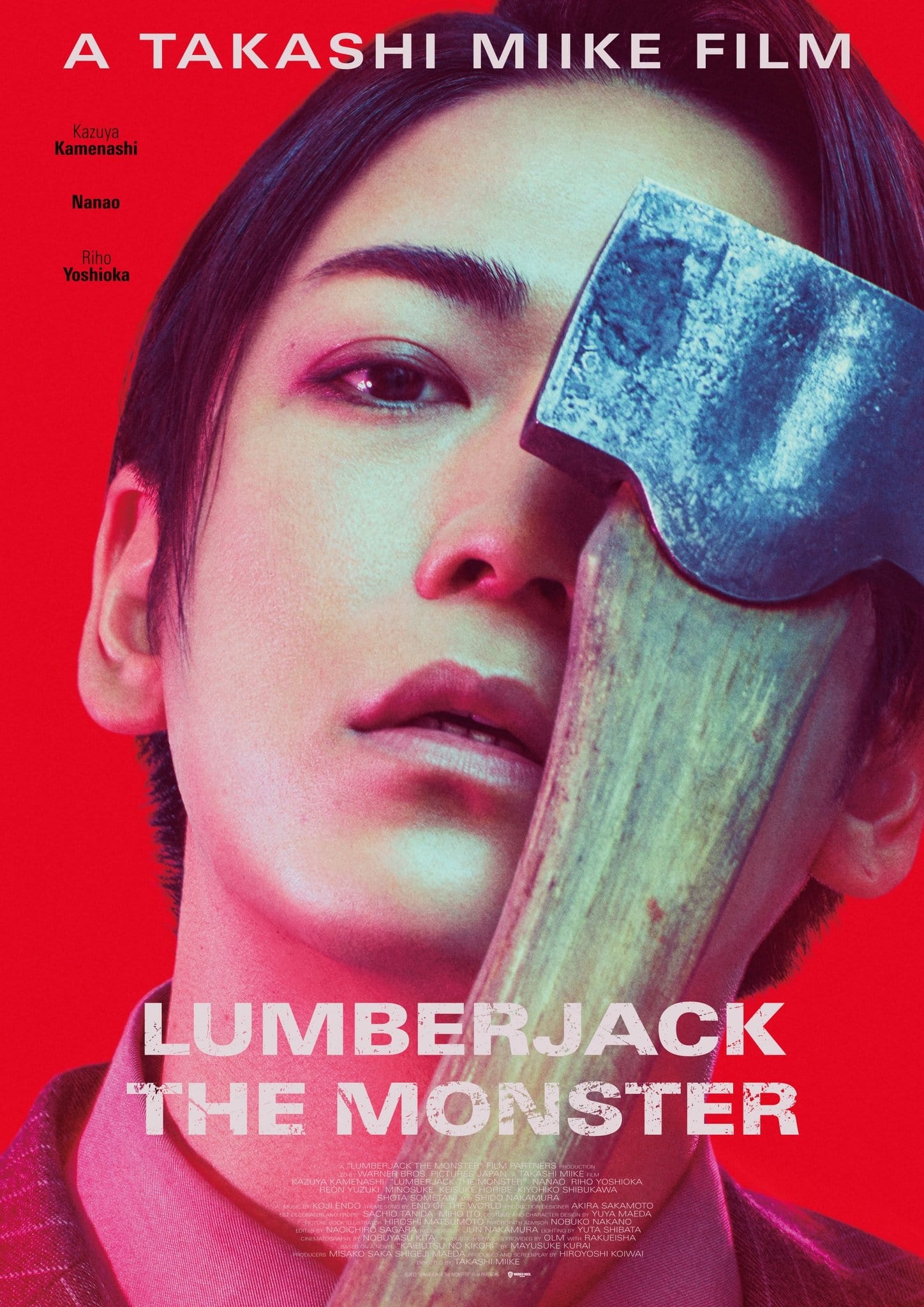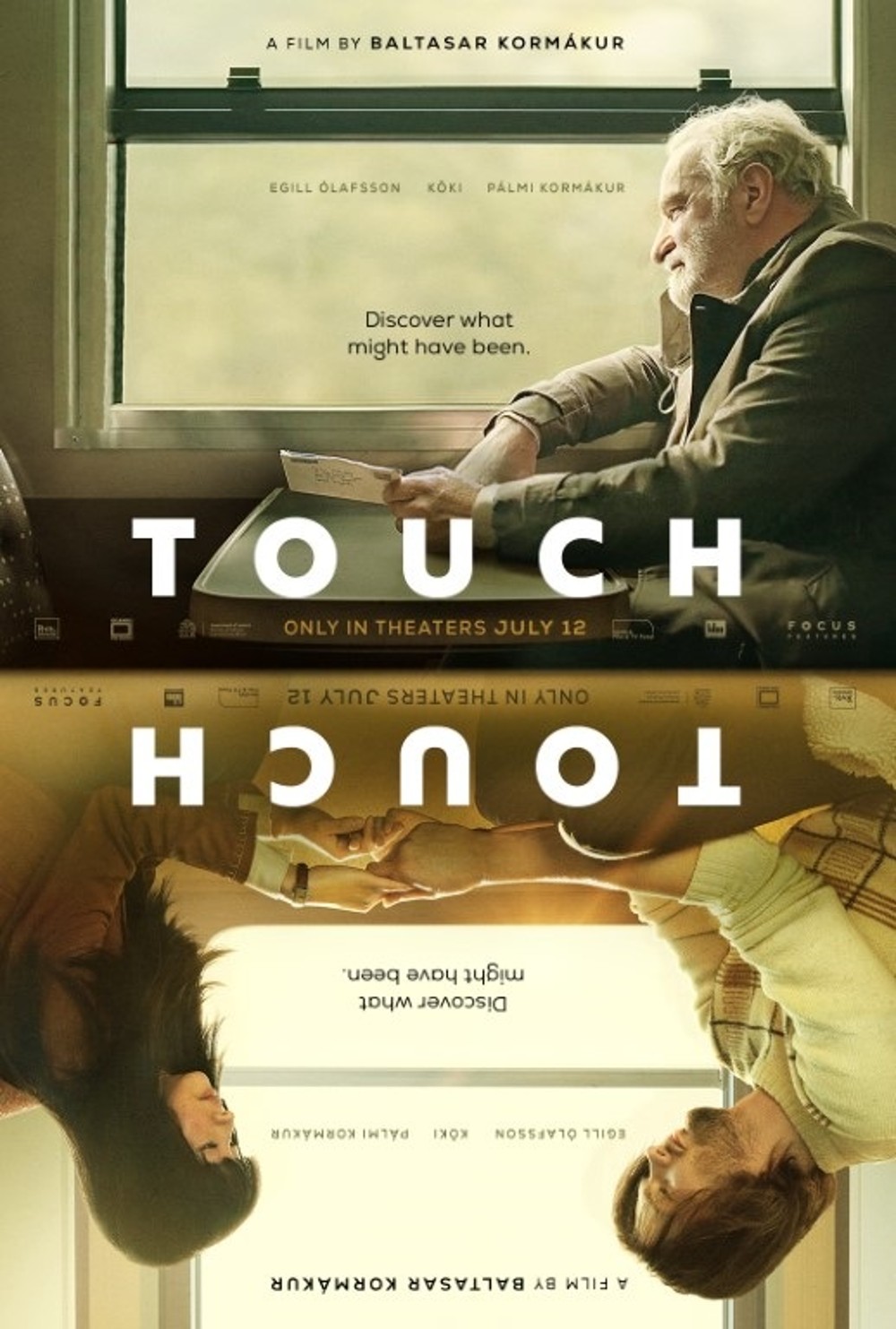When director Makoto Shinkai debuted his movie "Your Name" at Anime Expo in July 2016, his career trajectory changed forever. That movie became the third-largest film in Japan in terms of domestic gross, only behind anime sensation "Demon Slayer the Movie: Mugen Train" and Hayao Miyazaki's masterpiece "Spirited Away." Gone were the days when he would make his teenage romantic dramas away from mass scrutiny. Now, audiences were waiting to see if Makoto Shinkai would become the next Hayao Miyazaki.
Thankfully, Shinkai has decided to pave his way and become the only Makoto Shinkai, focusing on the distance between people, Japanese myths, and adolescent love. Whether it's the literal light years between the young lovers of his 2002 OVA "Voices of a Distant Star" or learning of someone through the act of switching bodies in "Your Name," Shinkai's work has always been about reaching for the next horizon.
His newest movie, "Suzume," follows 17-year-old Suzume Iwato as she travels across Japan, closing magical doors and avoiding catastrophes from supernatural worm-like creatures. If she's unsuccessful, these creatures will cause significant earthquake damage to the region. She's joined by Shota Munakata, a college student whose family has taken on the task of closing these doors throughout generations. Normally Shota would handle the dangerous job of a closer himself, but unfortunately, he's become a little wooden. He has become fused with a child's chair, and now Suzume and this sentient chair must go on an adventure to save Japan and return Shota to his body.
The devastating events of March 11th, 2011, have greatly influenced Shinkai's last three movies. On that day, the largest earthquake ever recorded in Japan caused massive devastation to the country. An ensuing tsunami and a nuclear disaster at the Fukushima Daiichi nuclear plant followed it. Thousands were asked to vacate their homes, forever changing life in Japan. "Suzume" shows the anxiety the Japanese people face daily about another catastrophe and how, hopefully, there's someone out there protecting them.
Ahead of the US release of "Suzume" this week, RogerEbert.com spoke to Shinkai about how the earthquake has continued to affect him, how the concept of making Shota into a chair was conceived, and why he always makes movies about insurmountable distance.
This interview has been edited and condensed.
Your recent films were heavily influenced by the tragic events of March 11, 2011. What would you hope emotionally resonates with your fans in the West who might not be as familiar with that tragedy?
When I set out to make "Suzume," I didn't want to choose its audience. I wanted to make sure that it was something that could be enjoyed regardless of whether you knew about the earthquake. If anything, I think a large majority of the audience and demographic who went to see this in movie theaters was too young to even recall what the earthquake was like or didn't even experience it themselves because it has been some time since the incident.
For that reason, this is a very simple adventure journey type of movie. But if you have experienced that tragedy? I think those people can kind of pick up a very different message.
I feel that this film is designed to connect those two people—those who have experienced it and those who either aren't too familiar with or don't recall the incident. As to how that translates in Europe or the United States? I feel they can enjoy it as a simple adventure film, but if there's any element or component that entices them to look up the March 11th earthquake, they can learn about it and enjoy the movie on a deeper level, which would make me very happy.

"Suzume" does an incredible job of showcasing the imminent threat of earthquakes that affects the Japanese people and what they must face daily. How has that threat shaped your life experience and how you view the world?
With "Suzume," as you mentioned, our daily lives in Japan consist of living almost next door to disaster. A lot of the scenes that you see where their smartphone warning goes off and says, "There's going to be an earthquake." Sometimes there will be an earthquake, and other times there may not be, and we'll feel, "Oh my gosh, that was such an exaggeration." It's that unknown; we can't know if it will come tomorrow or if it will not come for quite some time. I think there is a certain level of anxiety and fear that is towering above.
The 2011 earthquake really shifted my own worldview, and it was at that moment that I felt our daily lives could be uprooted. The thread could be severed at any moment without warning. Before the incident, I assumed that we would go on with our daily lives and that would be the status quo for the next few decades. But in an instant, that entire perspective was turned upside down. I think it's made me more aware of the whole world, not just Japan. There are certain world events or disasters that can completely change everything we know. COVID-19, I think, is a very obvious example where the entire world experienced our reality being uprooted. It's not unique to natural disasters. Even consider the [Russia-Ukraine] war happening right now. It reminds us that certain events and disasters are everywhere and we're constantly surrounded by them.
What was your inspiration for Shota as a chair, and can you explain the process of developing Shota's design and movement?
I felt the central theme of "Suzume" would have resulted in a film that was really heavy and dark for most audiences. In order to offset that balance and lighten the mood, I decided to have a sidekick with the chair. I thought about the kind of movement that it would bring.

Initially, when we were thinking about Shota's movement and trying to develop the animation, we explored hand-drawn techniques. What we ended up with on the screen was something that felt a little too lively and animal-like. The movement was very soft and natural in some ways, which is when we knew we had to pivot to a different animation method. In order to make that animation feel less soft since the chair is made out of wood, very hard. We wanted an almost rigid, slightly awkward type of movement. It would help with the sort of comical relief component, which is when 3D-CG became our primary method of animation. One reference we used is the Pixar animation "Luxo Jr.," the lamp, and how he kind of hops in. We wanted to achieve that type of feel and vibe.
Throughout your filmography, there's a great emphasis on the distance between individuals. Whether in the vast reaches of space and time dilation of "Voices of a Distant Star" or the age gap between the protagonists of "Garden of Words." You've continued that in "Suzume" with the magical world of the Ever-After. What inspires you to revisit this path again and again?
I'm not really sure of the reason myself, and I can't say that in my next film, I will also take on that kind of distance as an essential theme. I'm still searching for what I want to say next. Perhaps one reason, if I had to give one, is my upbringing. I grew up in the countryside, a very suburban area in Japan surrounded by mountains. Those mountains almost felt like walls to me. I always had this image of what was on the other side. There was this sort of longing or adoration, if you will. And perhaps that dichotomy translated in the case of "Suzume," her reality, and the Ever-After, or the case of "Your Name," the countryside and Tokyo.
"Suzume" opens in limited release tomorrow, April 14th.
